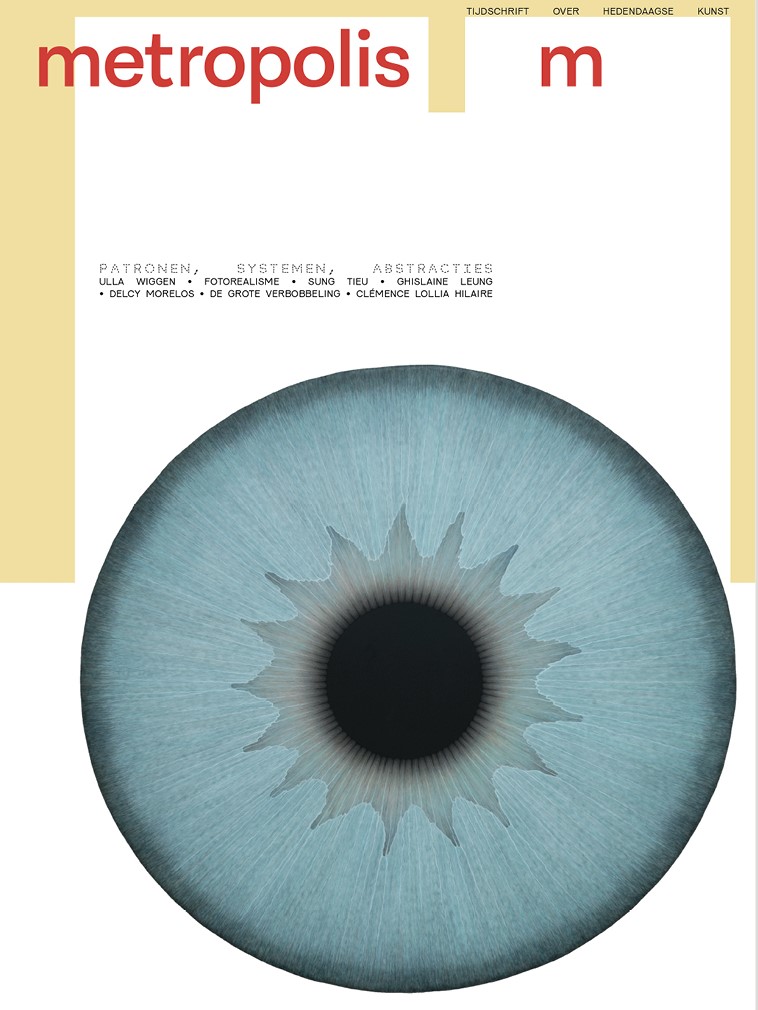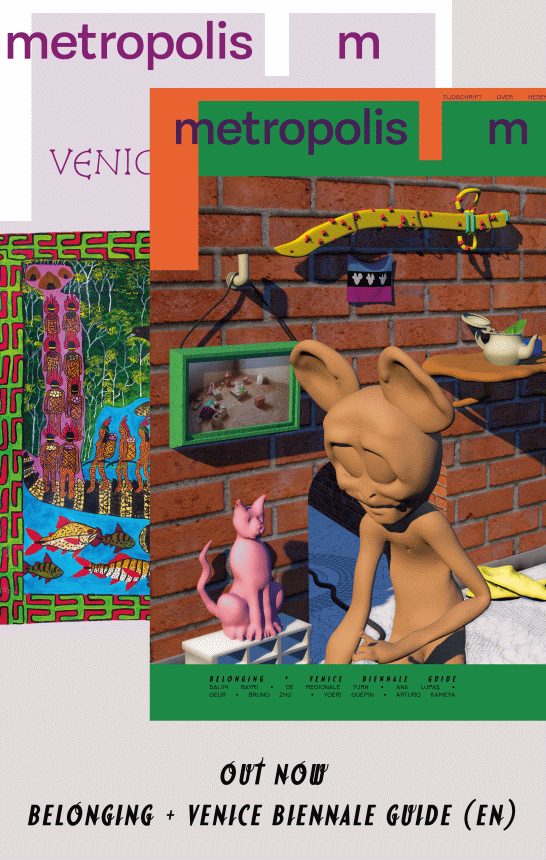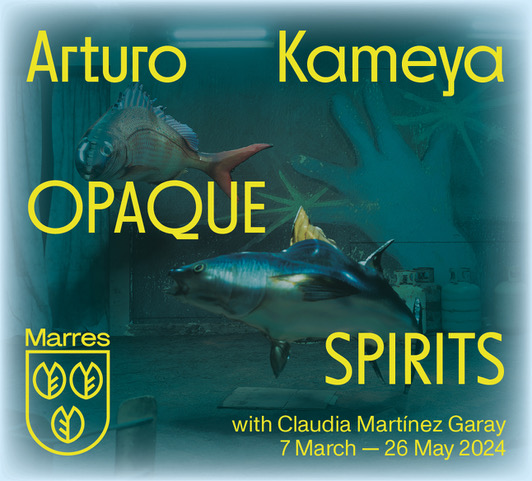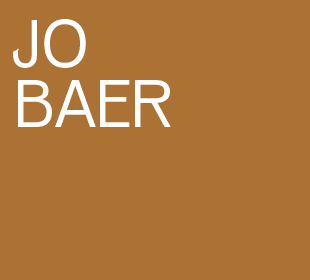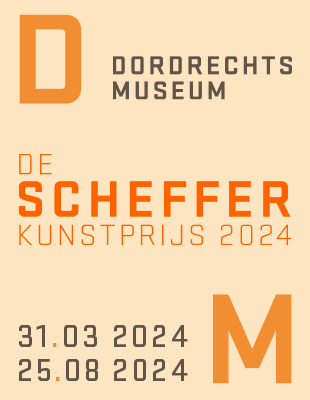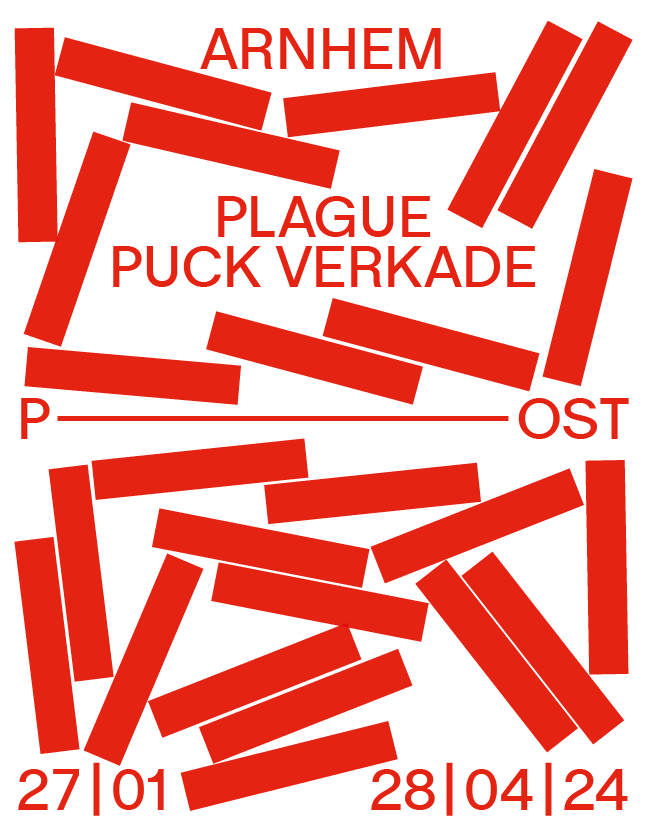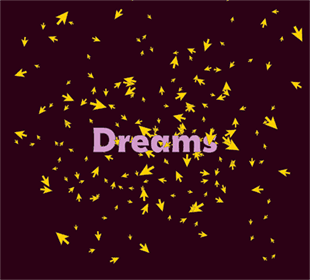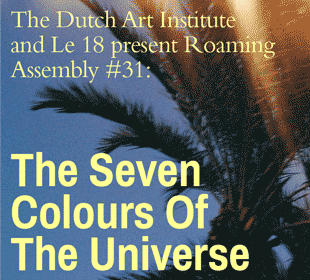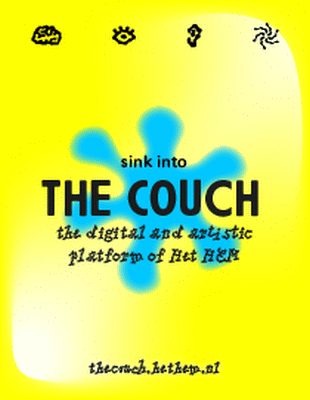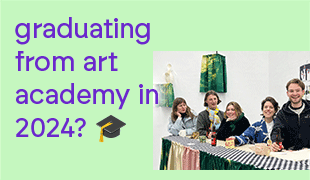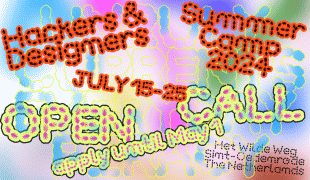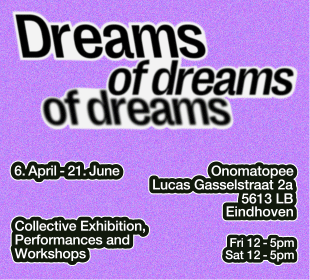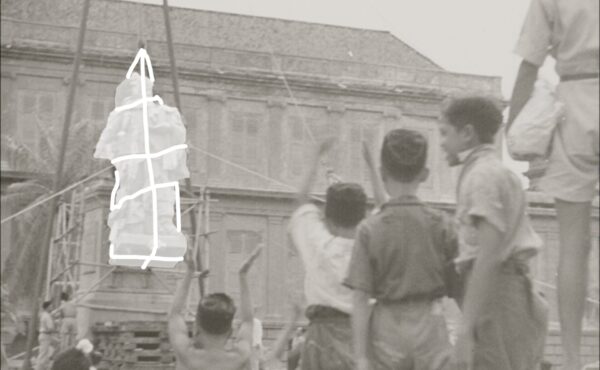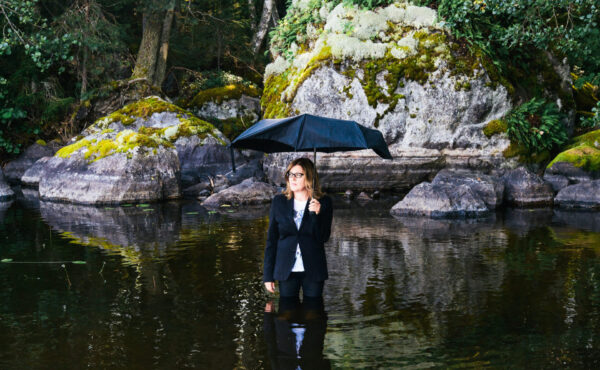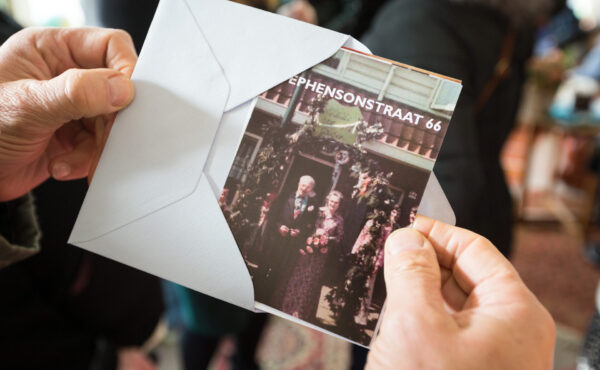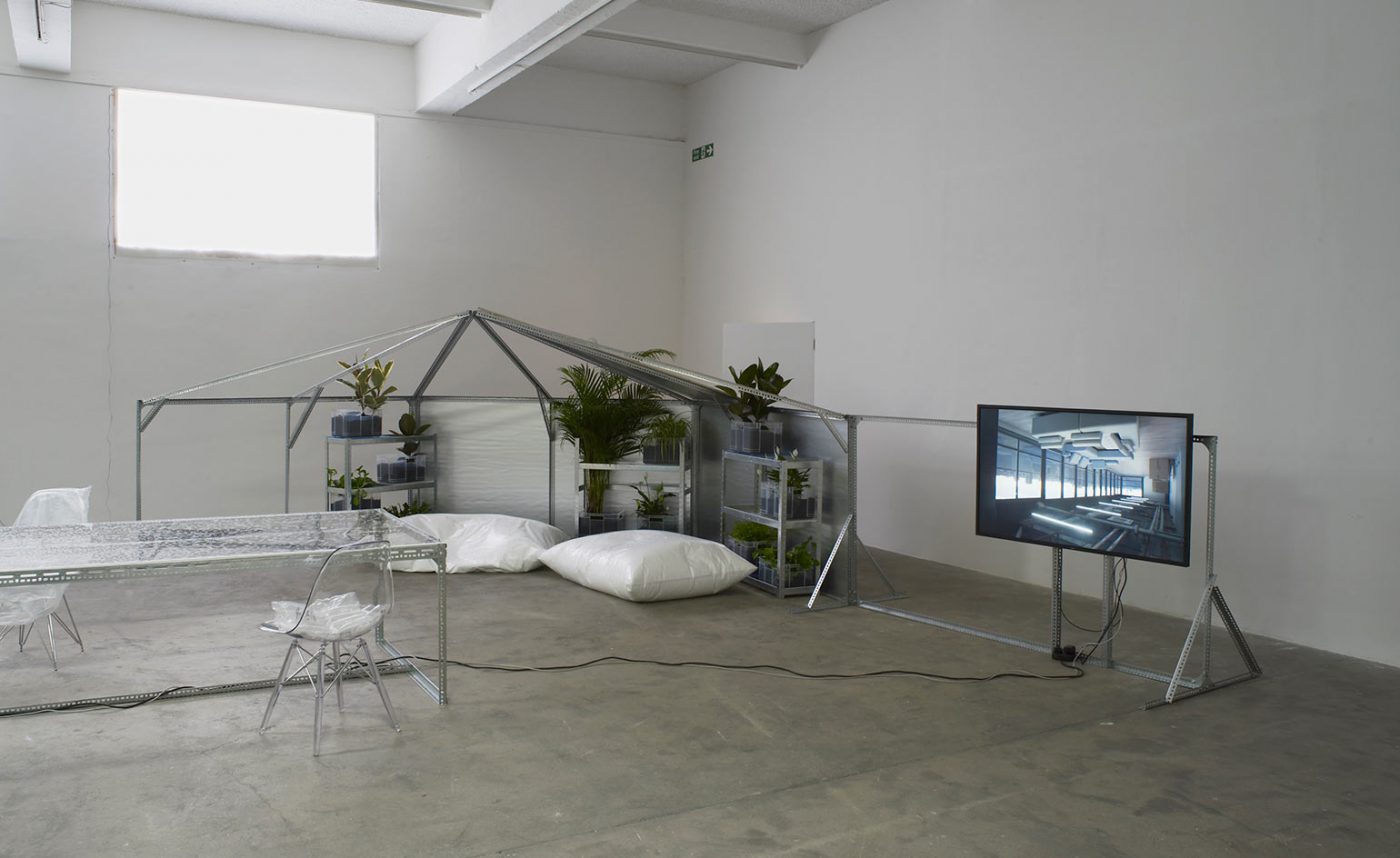
Scare Quotes: A Conversation with Yuri Pattison
It is said that Sharing Economy will change all our lives, for better or worse. So also the work and life of artists. Orit Gat talks to Yuri Pattison.
Note from my second or third email exchange with Yuri Pattison: “P.S. Can we title this conversation ‘inverted commas’? Thanks.” We were using inverted commas, or scare quotes (as Americans call them, an even better term in this context) to refer to terms ranging from the “sharing economy” to “creative sphere.” Both of which—alongside even more incongruous words like “open” and “democracy”—have been coopted by the tech industry, arguably in order to isolate certain conditions of contemporary life, from labor relations through the uncertainty of personal freedoms like speech and movement, and stamp them with positive-sounding words like “sharing.”
Artist Yuri Pattison has taken to exploring these circumstances in ways that are nuanced and revelatory. The Hong Kong hotel room where Edward Snowden met Laura Poitras and Glenn Greenwald becomes the subject of a visual tour, real-estate or resort hotel–website style in 1014, an online commission for dis magazine (the assumption being that this location is as recognizable today as the Eiffel Tower or the Oval Office is also a sign of our times). Pattison’s most recent works look to sleep technologies and how they alter our consciousness and physical conditions (another topic of conversation in relation to labor today, as seen in Jonathan Crary’s often-cited book 24/7, out two years ago from Verso), and a residency at London’s Chisenhale Gallery, which examined and intervened in contemporary office environments. A conversation including many inverted commas as we battle with terminology and the way it affects the way we talk about art in the context of the contemporary economy follows.
Orit Gat: Let’s maybe start talking by discussing spaces. A huge part of the so-called “sharing economy” is how it modifies built environment, from offices to cities. We never leave anything in our flexible workspace because we might not return, we cross through cities in someone else’s car, we travel and stay in someone else’s home. You’ve been thinking a lot about these kinds of architecture and how this contemporary economy modifies our relation to it. Can we talk about it a little bit, maybe in relation to your recent Chisenhale residency, which touches both how the technology industry has affected change in the city and the physical offices in which people work?
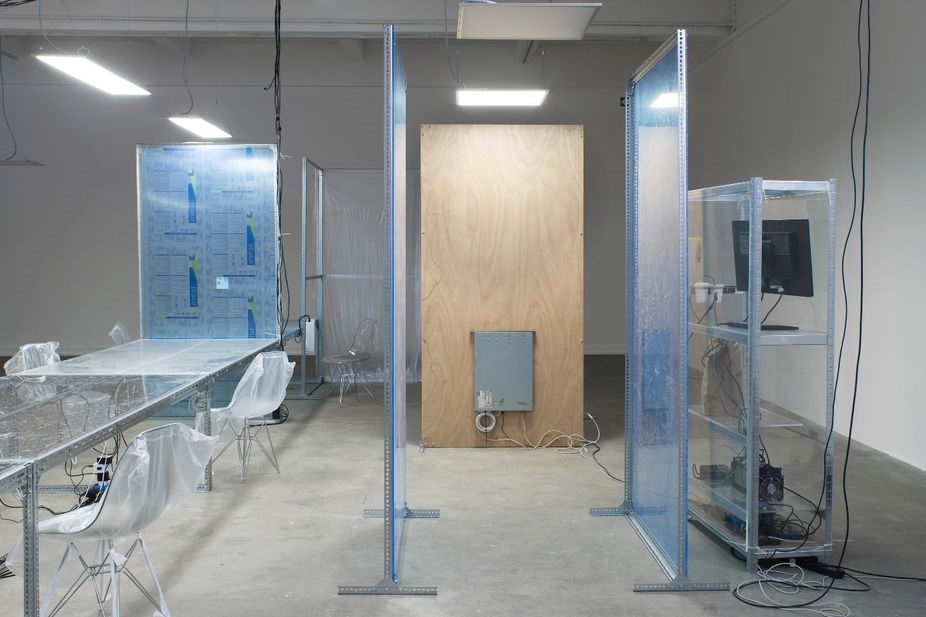
Yuri Pattison, User, space, 2016 courtesy Chisenhale Gallery Londen
Yuri Pattison: I think the condition you describe extends to many other areas of life in large cities, in particular “global” or “alpha” cities, with “issues” around space and the price of that space. In London it’s almost traditional to have to find a new room in a shared house or apartment on a yearly basis due to rent increases. Equally how people work has also completely changed so there’s another layer of precarity and the greater need to be nomadic to survive/succeed. Both of these are very obvious observations but I wanted to start with those foundations for this residency and then look at these spaces, and communities, within the London tech world to try and understand these changes.
Going into the residency, I was very aware of how I worked and how that had been shaped by circumstance. How this was also typical of many of my peers but also not something “special” within art, it directly related to working conditions of many other people in the “creative industries.” So in some respect I wanted to explore that, pit the reality of making work on a laptop from a bedroom or cafe versus the romanticized idea of a studio practice being sold to many graduates in London or New York. As I was thinking about more abstract ideas like time or emotion/anxiety, I also wanted to sense the rhythm of these spaces and see if it lined up with the new aspirational work-as-lifestyle ideas being promoted.
OG: Where does “sharing” fit into this “aspirational lifestyle”?
YP: The founding ideas of the “sharing economy” were originated as either community beneficial solutions or stopgap improvisations to conditions of these global cities, from couchsurfing websites to ad hoc shared studio spaces, hackerspaces and warehouse offices, and working from home. These solutions have now been coopted and violently monetized, the “stopgap” has been marketed back as aspirational.
In relation to the broader city we’re seeing a major reshaping of how the urban space functions through the interface. I think “sharing economy” is a misnomer and it’s more an “interface economy,” as logistics, delivery, and outsourcing apps and services are also very much part of this.
Architecturally speaking there’s something quite interesting that’s happened post 2008. The tech office and the coworking space begin to look austere, stripped back, improvised, or “upcycled”—in some cases this aesthetic is purely “astroturfed” and isn’t economic, regardless there’s a concerted effort to avoid any perceptions of conspicuous spending. I’ve seen this with perfectly serviceable ’80s postmodern offices stripped down out and refitted to “look” like a coworking space should. These are examples of very “designed” spaces but as part of the residency I also looked at and worked from hacker and maker spaces, which in contrast are purely functional rather than performative spaces imprinted on through community use rather than institutional design.
I’m also trying to connect the dots between things like “Glocal” ad agencies like Wieden+Kennedy and their own pioneering of 24/7 work/play/live offices and their taking on of the early .com companies as clients. How the “origin story” of these companies often fetishizes bedroom or garage beginnings and how this exerts a corporate culture of work as lifestyle. So a development of this is we see this is marketing the “work as lifestyle” idea where the co-working space becomes an extension of your home or at least that’s how you’re meant to feel.
OG: The “interface economy” is a great term that reflects really well the way we think of companies like Uber. I think about the amount of data visualization I see right now in exhibitions, in online publishing. I wonder if this is related, if there’s this need for art, for visual culture to explain the world, like these interfaces?
YP: Well I think initiatives like Alphabet’s Sidewalk Labs are already exerting policy changes to how cities function, Uber’s remit it perhaps more of an “exploitative” one (“exploit” seems to have shed its negative connotations of late).
Data visualization has become a core part of modern culture and interrogating it needs to happen, as this information is now personal, public, and political. There’s a real trust in data presented to us but, of course, all this information can easily be skewed to lead us in certain directions. I’m also aware that so much of this is also tied up in “user interface” and “user experience,” how data is skimmed, so my work tries to strip back those elements and/or remain critically aware of them.
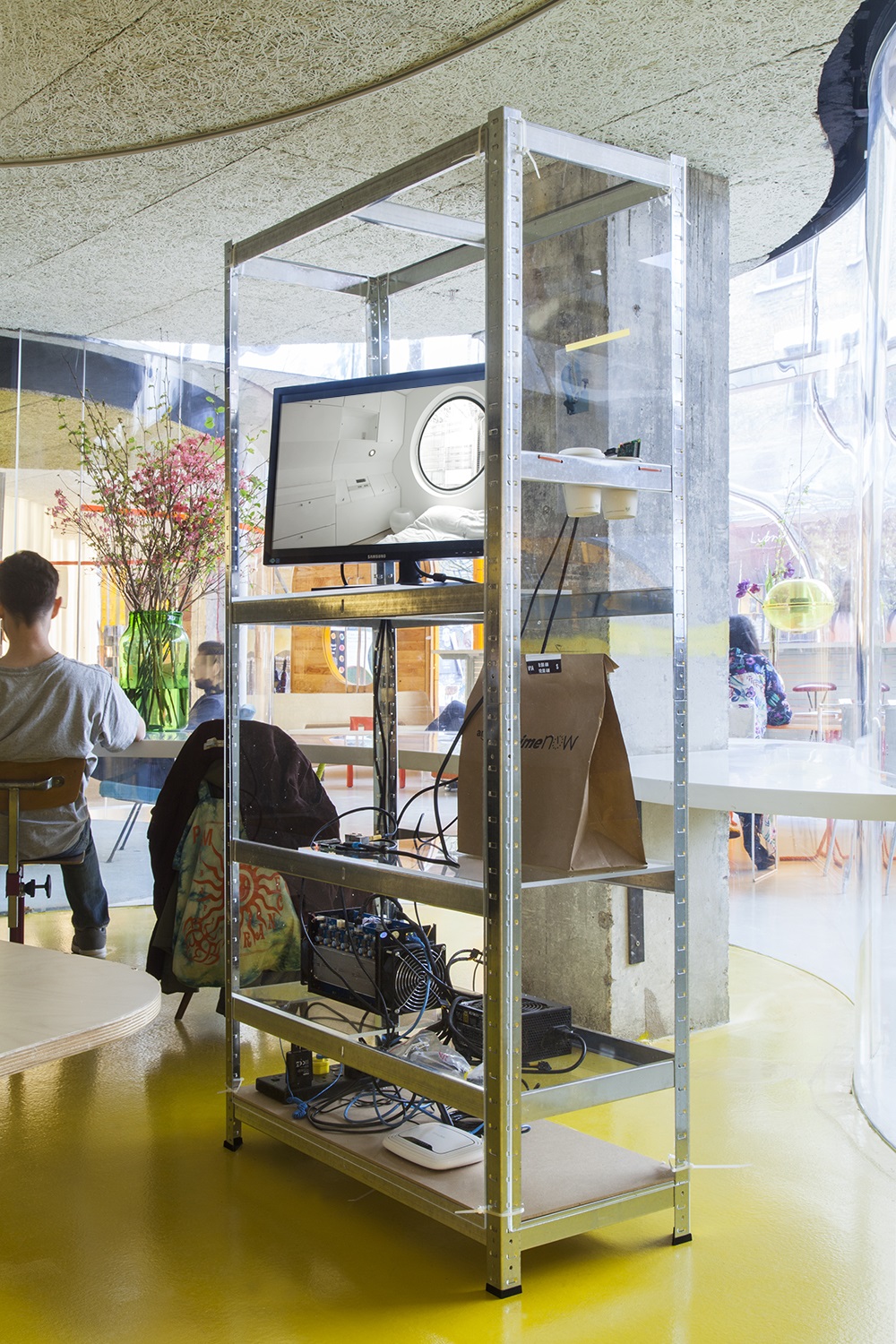
Yuri Pattison, User, space, 2016, Chisenhale Londen
OG: Can this lead us back to thinking about the exhibition space? The experience of art within the exhibition space is one of temporality; it’s a time and space thing. Which ties nicely to theme of the liquid consumption that this issue deals with: maybe a suggestion at a different kind of consumption of art? One that isn’t about viewing versus ownership, sharing versus having. A number of your works feature web pages that suggest a possibility of ongoing engagement with the work. The scraper pieces might also bridge this gap between the exhibition space and the digital subject. Can you talk about this tie between the usual binary of online/offline and how it relates to our experience of art?
YP: Initially when I began making online/web-based work there was this big separation in how these works were treated; web-based work wasn’t really taken seriously but it had an immediate audience of peers and a great potential for experimentation, engagement, feedback etc. Then in the UK a funny thing came about that arts funding prioritized online projects due to a large potential audience, but even in this instance there was this frustrating separation that the work was treated very differently.
I also began to think differently in relation to sculpture, how an artwork or exhibition can function as a springboard for ideas outside of the room it’s situated in. I realized that often so much information on an object now exists online and I could use sculptures constructed of readymades to encourage this linking of information. I’ve seen people Googling information at exhibitions and I think this simple thing has fundamentally changed how institutions like galleries or museums function, but also how an artwork can function.
One of these works I feel relates closely to the “sharing economy.” Enquire within (Proliant) functioned in a gallery as the most basic way to share files, a simple FTP server, inspired by my teenage use of the web to download bootleg audio files before file sharing took hold. The context for the work was a group show and the FTP server was proposed to the other artists as a way to host and share files related to the works in the show, anything from source material to inspirations, and to use this server as a simple social network. Physically the work functioned as a sculpture, hung unorthodoxly like an electric eadiator, and it was for sale – with the clause that if it is later privately or publicly displayed it must be connected to the internet. The buyer must supply me with it’s new IP address, is solely responsible for all digital material hosted and both myself and the original artists involved would still have access to alter the materials contained within.
Making this work was a way to unpick the idea of ’the commons’ when we think of shared space, both physical and digital, and how can there be any ‘commons’ or ‘democratic’ space if all the digital land it’s on is private.
OG: I like this idea that owning artwork means a certain responsibility to maintain it. What does this mean about copyright? And when you’re showing a “commons” in a commercial context—what does a buyer actually own? This is one of the fascinating things about social networks, right? The abstraction of the difference between labor, value, and service. What a user sees as a service (which generates or facilitates a particular kind of social interaction), is actually a value created by time and attention, which are both forms of labor.
YP: The fact that networks such as YouTube or Facebook were built with no regard to copyright but by simply reinforcing, on a mass scale, that the internet had demolished copyright is something to bare in mind as that extends to all other information. They reinforced these notions but they now also own them as they’ve managed to become the establishment while websites with very similar attitudes (you could compare some aspects of early YouTube to The Pirate Bay) that didn’t court old media corporations and lobby government became vilified. So it’s always worth noting how and why these platforms became successful beyond what they give to the “user.”
I think the speed of information skews production and forces art into this attention economy space, which isn't a good space for art to exist. As for me it's meant to be about reflecting on the world
OG: Lastly, can we go back to our inverted commas? I want to talk about terminology and be very aware of terms we employ, from “sharing economy” to “user.” What is the use of these terms? I always fear a certain Silicon Valley-ification of language. For example, I feel like I can’t use the word “content” anymore because we had lost if to the world in which editors become “digital content managers” and magazines “verticals.”
YP: I’ve been thinking a lot about ‘content’ and the strains/requests to produce press ready images and works summed up in a single line overriding the actual production of the work. I think the speed of information skews production and forces art into this attention economy space, which isn’t a good space for art to exist as for me it’s meant to be about reflecting on the world.
I think what you describe is a lot of old ideas being reformulated and ‘owned’. With Amazon and Uber the disruption is perhaps a monopoly on those services through efficiency. We should also get some perspective on this and recognize that all of this is very recent and still open for change, where IBM or Microsoft previously dominated criticism we now have new corporations, so perhaps that historic perspective can give us some agency.
THIS TEXT WAS PUBLISHED IN A DUTCH TRANSLATION IN METROPOLIS M No 4-2016 SHARING. ORDER: mail to [email protected]
Orit Gat
is schrijver en kunstcriticus